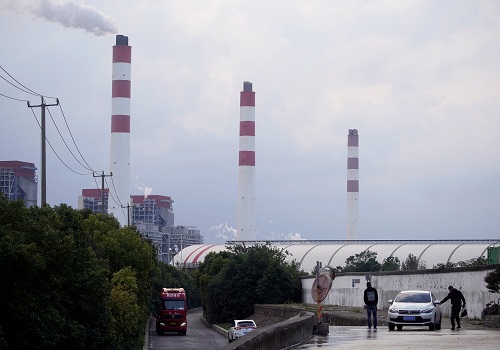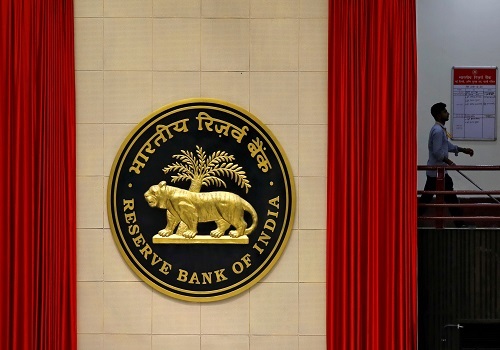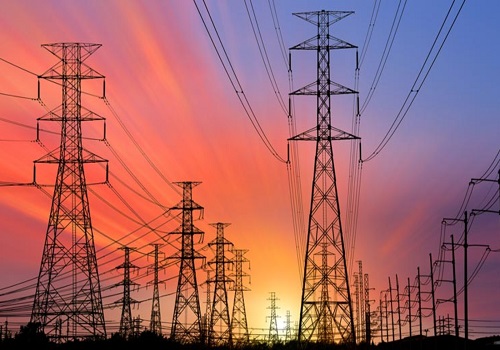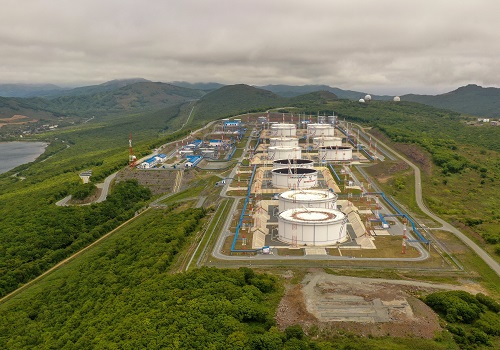Column-India`s solar boom reverses gas momentum, cements coal use: Maguire

Follow us Now on Telegram ! Get daily 10 - 12 important updates on Business, Finance and Investment. Join our Telegram Channel
India's rapid advances in solar power production have been widely celebrated for showing how fast-developing economies can accelerate the decarbonisation of their energy systems without jeopardising economic growth.
But while the pace of India's solar rollout has been impressive, the advances have come mainly at the expense of natural gas - they have had little impact on the country's use of coal as the primary source of electricity.
India solar vs gas electricity generation since Jan 2019

Indeed, India increased the amount of electricity generated from coal in the opening 10 months of 2022 compared with the same period in 2021, and slashed gas-powered generation by nearly 40%, according to data from Ember.
India electricity generation from coal, solar and natural gas

This has resulted in a continuing climb in India's power sector emissions, even as solar's share of the country's electricity generation mix has more than doubled since 2019.
SOLAR SURGE
Between 2017 and 2021, India's solar power production capacity more than tripled, ranking third globally in terms of solar capacity additions during that window, according to the BP Statistical Review of World Energy.
And the country plans to more than double that solar capacity base again by 2025, leaving it highlighted by the International Energy Agency (IEA) as a key driver behind its recent dramatic upward revision to its global renewable energy supply outlook.
India solar power capacity projections https://fingfx.thomsonreuters.com/gfx/ce/jnvwyywkyvw/IndiaSolarIEA2022.png
On paper, such rapid advances in green energy supplies should result in reduced pollution from the country's energy producers.
However, cumulative emissions from India's power sector have scaled new highs in the opening 10 months of 2022, topping 818 million tonnes of carbon dioxide and equivalent gases. That's up nearly 7% from the same period in 2021.
India power sector emissions https://fingfx.thomsonreuters.com/gfx/ce/gdvzqqwjypw/IndiaPowerSectoremissions.png
The main driver of the climb in power pollution has been a 7.7% climb in discharges from coal-fired generation, which accounted for 72% of the country's electricity and 97% of power sector emissions through October, Ember data shows.
GAS SQUEEZE
While coal's share of India's electricity mix has remained fairly flat at that elevated level, the share of gas-fired electricity has fallen sharply in 2022 to just 1.6%, the lowest since at least 2019.
Record high liquefied natural gas (LNG) prices were the main reason behind this downturn in gas use, as cost-conscious utilities balked at paying more than twice as much for spot LNG cargoes in 2022 as the 2021 average.
Reduced demand for LNG was also reflected in India's LNG import totals. These dropped by 16% through November from the same period in 2021, according to ship-tracking data by Kpler.
India LNG imports https://fingfx.thomsonreuters.com/gfx/ce/mopakkjbapa/IndiaJanNovLNGimports.png
Those sharply lower LNG imports by India - the fourth largest importer in 2021 - freed up LNG cargoes for others in 2022, and helped alleviate the power crisis in Europe resulting from sharply lower Russian pipelined natural gas supplies amid the war in Ukraine.
However, for India's power producers, with limited options for generating baseload electricity, less gas simply meant they have had to burn more coal in 2022.
This is because while non-emitting solar power adds to overall electricity supplies during the day, India's overall grid requires a steady supply of baseload power at all times, and especially at night. This can be produced effectively by burning fossil fuels.
Natural gas had been expected to displace coal as that preferred baseload fuel over time in India, thanks to planned investments in gas import infrastructure and pipelines, as well as policy support to scale back use of high-polluting coal in power generation.
But the recent surge in gas prices is now threatening to not just stall, but reverse those trends, halting gas-related investments and supporting continuing reliance on coal.
Solar will remain the new fuel of choice for utilities developing additional power generation capacity in India, thanks to government subsidies and widespread support for green energy expansions.
But if global gas prices remain elevated throughout 2023, Indian electricity producers will continue to burn more coal than ever to generate baseload power, undermining the environmental benefits of record-setting renewable supply expansions.












 320-x-100_uti_gold.jpg" alt="Advertisement">
320-x-100_uti_gold.jpg" alt="Advertisement">












